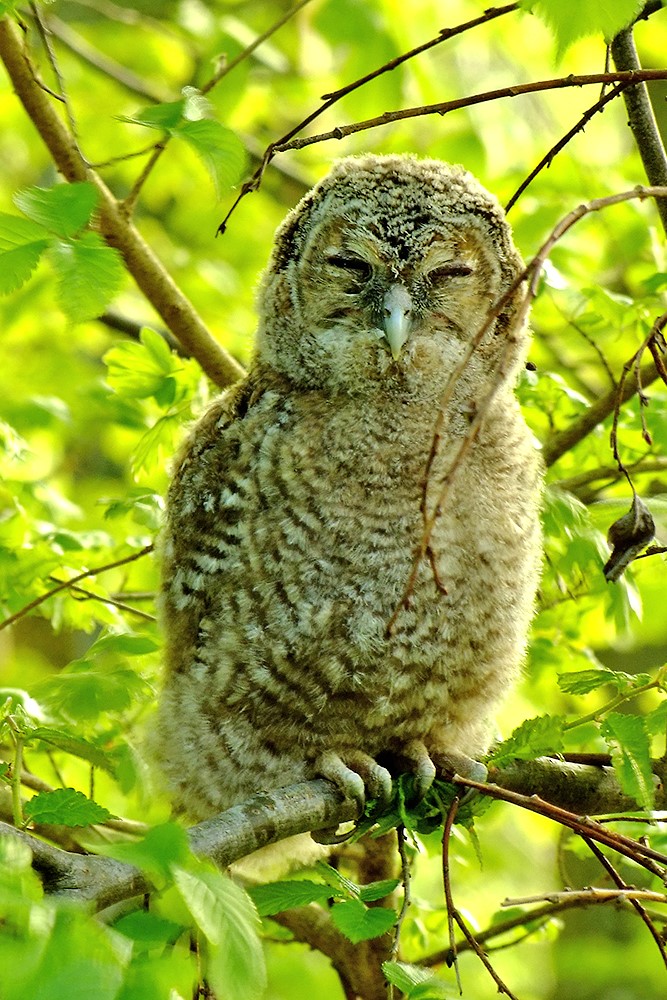Vertebrates
The core project Vertebrates investigates the functional diversity of selected vertebrate groups. The aim is to record the occurrence and activity of birds and bats with different mobility and habitat requirements and to relate them to land -use and habitat types and the resulting diversity scenarios.
The focus is on feedback mechanisms and interactions in order to understand how the occurrence of vertebrates is determined by the local abundance and diversity of other organisms and, conversely, how differences in the abundance and activity of vertebrates affect the diversity of other groups of organisms.
1. Breeding bird monitoring on 300 experimental plots
• Standardized inventory of breeding bird species on 100 experimental plots per exploratory (Schwäbische Alb, Hainich-Dün, Schorfheide-Chorin)
• Point-stop mapping: 5 mapping rounds between mid-March and mid-June; visual and acoustic recording of breeding bird species
• Establishment of the monitoring programme in 2008 and ongoing continuation in subsequent years
• Influence of forest structure parameters (LIDAR) on abundance and species richness of birds (cooperation between Ulm University and MPI BGC Jena)
• Influence of different land- use and management intensity on the abundance and species richness of birds
• Influence of landscape attributes on species richness and plot turnover of birds in heterogeneous landscapes
2. Bat monitoring on 300 experimental plots
• Standardized recording of bats on 100 experimental plots per exploratory (Schwäbische Alb, Hainich-Dün, Schorfheide-Chorin)
• Transect mapping: 2 mapping runs (June-July, August-September); Digital recording of bat calls with bat detector D1000X (Pettersson Electronics)
• Identification of free-flying bats based on the call structure and frequency of their echolocation sounds at genus or species level
• Establishment of the monitoring program in 2008 and ongoing continuation
• Influence of forest structure parameters (LIDAR) on the presence and activity of bat species (cooperation between the University of Ulm and MPI BGC Jena)
• Influence of different land- use and management intensity on bats
• Spatial and temporal variance of bat activity in grassland
• Habitat analysis of highly endangered bat species
Exclusion experiments on deciduous and coniferous trees
• Experimental investigations of the interaction between “bird/bat – arboricole arthropods – trees” in the crowns of deciduous and coniferous trees (cooperation between the University of Ulm and the University of Würzburg)
• Influence of insectivorous predators (birds and bats) on herbivory rates in oak and spruce crowns
• Exclusion of predators on young oaks (Quercus robur) in the Swabian Alb in 2007, on old oaks (Quercus robur) in the Schwäbische Alb and in the Hainich-Dün in 2008










